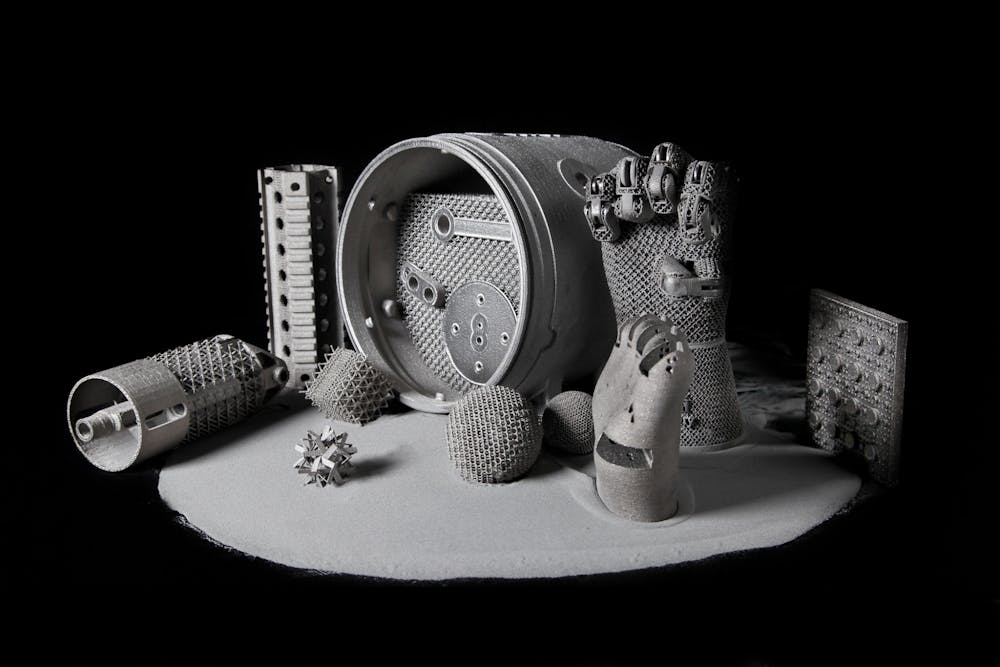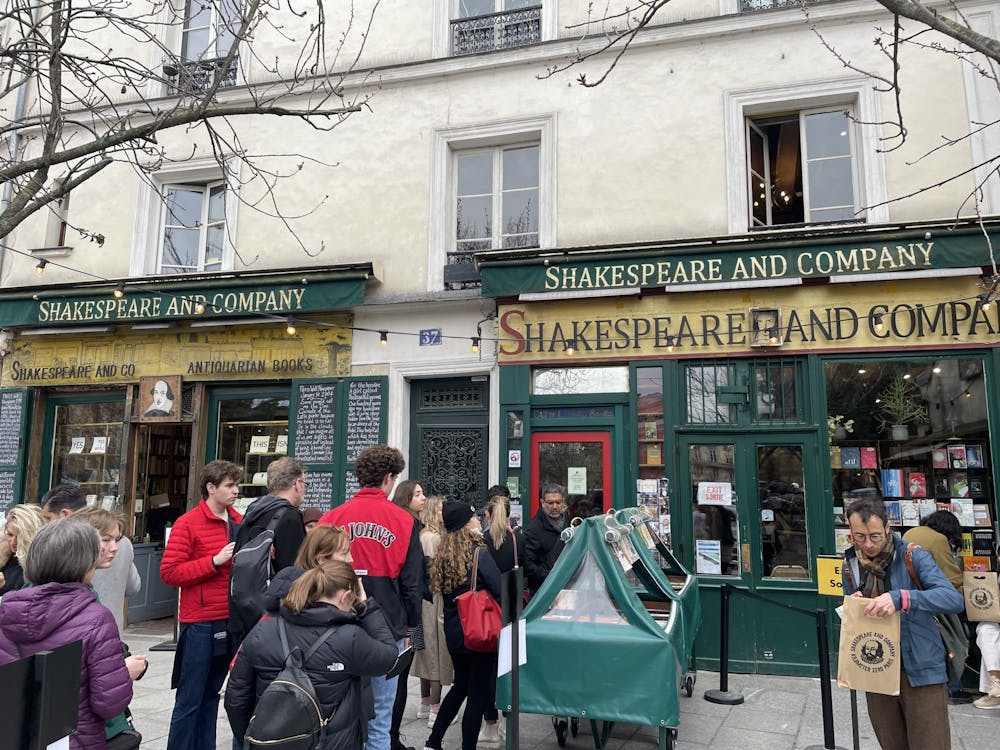NASA, in collaboration with Hopkins and Carnegie Mellon University (CMU), recently launched one of their $15 million Space Technology Research Institutes (STRI) to investigate the qualification and certification of additively manufactured products for use in extreme environments, such as those undergone in spacecraft.
The STRI program, a subset of the broader Space Technology Mission Directorate, was launched in 2016 to facilitate long-term partnerships between academic institutions and NASA to develop advanced aerospace technologies and strengthen American engineering potential.
The JHU-CMU partnership is led by the University’s Somnath Ghosh, Michael G. Callas chair professor in the Department of Civil and Systems Engineering and director of the Computational Mechanics Research Laboratory, and CMU’s Anthony Rollett, a professor in the Department of Materials Science and Engineering and co-director of the Next Manufacturing Center.
Ghosh discussed the origins of this partnership in an interview with The News-Letter.
"When this call came out, we were well poised to be complementary in our respective fields of expertise to address the larger problems of certification and qualification of additive manufacturing. This is a huge problem, not only for NASA but also for the additive manufacturing industry in general, with respect to the application of some of their products. Tony Rollett of Carnegie Mellon University, who I have known for a while, approached me to partner with them on this STRI initiative. I thought that a CMU-JHU partnership would lead to a very strong team and agreed to co-direct the institute with Rollett," he said.
The STRI will focus on additive manufacturing, which is the process of creating parts using the deposition of materials that are fused together. This technology is behind 3D printing, for example, where plastic filaments like polylactic acid are commonly used. For NASA, many components are made through the careful addition of powdered metals that are fused together at high temperatures.
However, according to Ghosh, these parts often contain defects as a result of the design process, which endangers the life cycle of the components.
"Whenever additively manufactured components are subjected to extreme environments such as high temperature, high pressure or mechanical loading, many of these parts don't hold up very well. Their life is compromised on account of their processing. There are inherent defects which are present in these parts; those defects actually compromise their life cycles, and as a result, NASA among others don't have the confidence in using some of these additively manufactured parts in load-bearing, extreme environments," Ghosh said.
While these defects are known to exist, it is nearly impossible to test the entire life cycle of a physical object under such conditions in a lab setting while simultaneously analyzing all stages in manufacturing.
Instead, Ghosh noted that utilizing computational methods to simulate this process from creation through intended service life is essential to produce a "digital twin."
"What we are going to create is to replicate the physical asset of additive manufacturing in a virtual space, i.e. create a digital twin of this physical asset. With the digital twin, we can replicate the process and the actual loading, and then predict whether it is going to fail prematurely, and where will this occur," Ghosh said.
These models will enable the testing and certification of all additively manufactured components in real time, ensuring that devices will function as intended and can be quickly modified based on the computational results.
Ghosh believes these developments will fundamentally alter the field both for NASA and all other industries employing these methods.
"If we can successfully build this digital twin, which can certify additively manufactured parts, it will be a game changer. Obviously, to accomplish this with comprehension, there are many components of this research requiring diverse and complementary expertise," he said. "What we have tried to do in this institute is to bring in people with complementary expertise that can foster this overall objective. It's not a single principal investigator research, this requires a team effort."
He hopes that this institute will not only provide major benefits to the field but also increase interest in computational modeling and Hopkins as a whole.
"It gives me gratification to work on a project where I think I can make a difference and bring about certain aspects to this whole enterprise that probably were not done in this way before. I'm hoping that we'll have success and that'll just enhance our visibility and our reputation," he said.
Editor’s note: This article was edited to clarify Somnath Ghosh’s quotes.
The News-Letter regrets this error.





